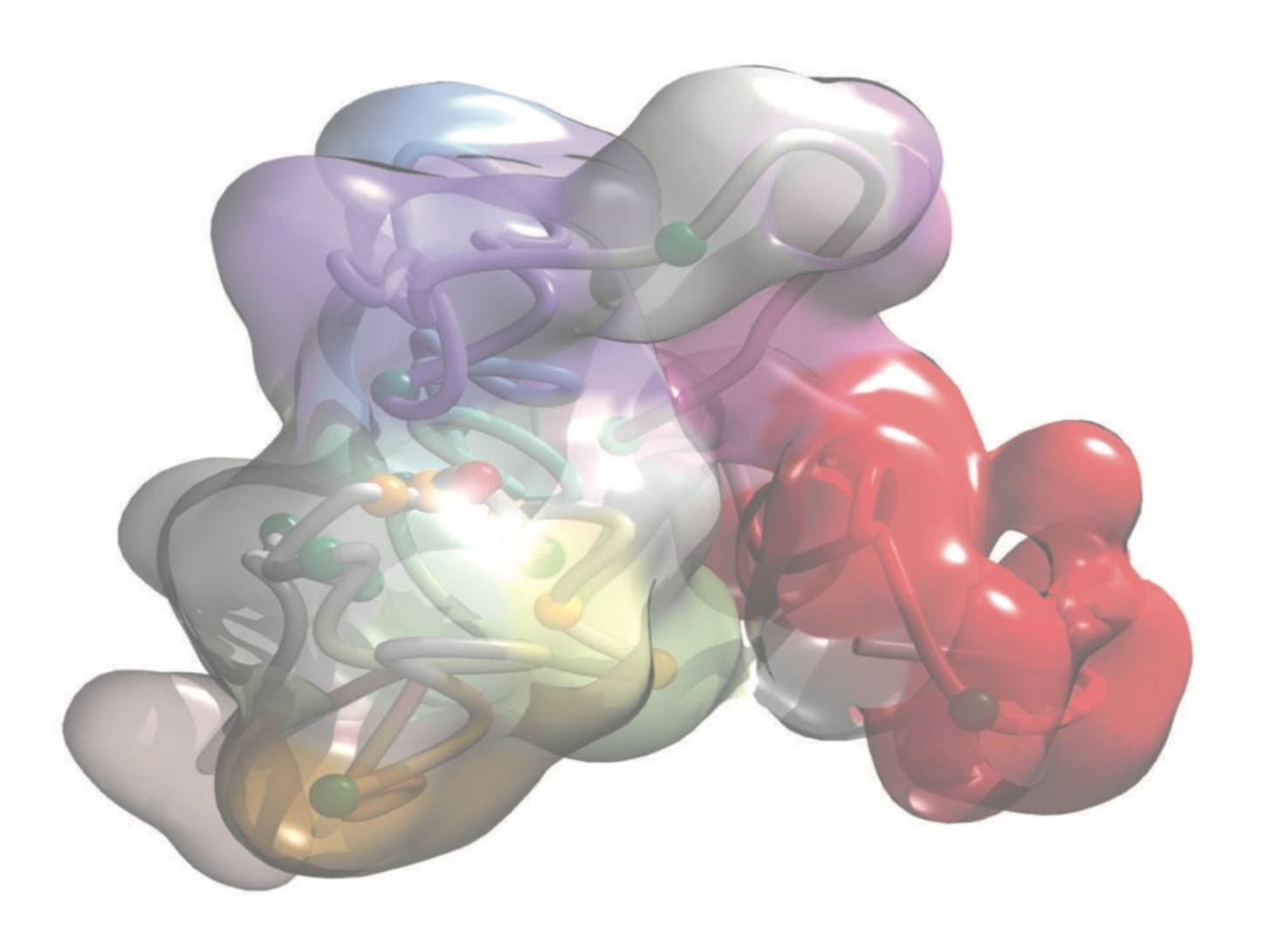3DAROC18 3C-based data analysis and 3D reconstruction of chromatin folding

Course Description
3C-based methods, such as Hi-C, produce a huge amount of raw data as pairs of DNA reads that are spatially close in the cell nucleus. Overall, these interaction matrices have been used to study how the genome folds within the nucleus, that is one of the most fascinating problems in modern biology. The rigorous analysis of the paired-reads using computational tools has been essential to fully exploit the experimental technique, and to study how the genome is folded in the space. Currently, there is a huge expansion on the wealth of data on genome structure with the availability of many datasets of Hi-C experiments down to 1 kb resolution (see for example: Hi-C Data Browser; 3D Genome Browser or Aiden Lab).
Target Audience
The course is designed for experimental researchers and bioinformaticians at the graduate and post-graduate levels which are interested in studying the genome spatial organization.
It is likely that the participants to this course aim at getting involved in generating Hi-C data for chromosome structure determination, or that they just want to be able to correctly interpret and analyse publicly available data.
Course Documentation
All the datasets used for this training course is available throughout the documentation.
| Days | Lectures (pdf) | Core pipeline (notebooks) | Annex (notebooks) |
|---|---|---|---|
| Day 1 | |||
| Day 2 | |||
| Day 3 | |||
| Day 4 | |||
| Day 5 |
Learning Objectives and Course Pre-requisites
Instructors
The source for this course webpage is on github.

3DAROC18 by GTPB is licensed under a Creative Commons Attribution 4.0 International License.